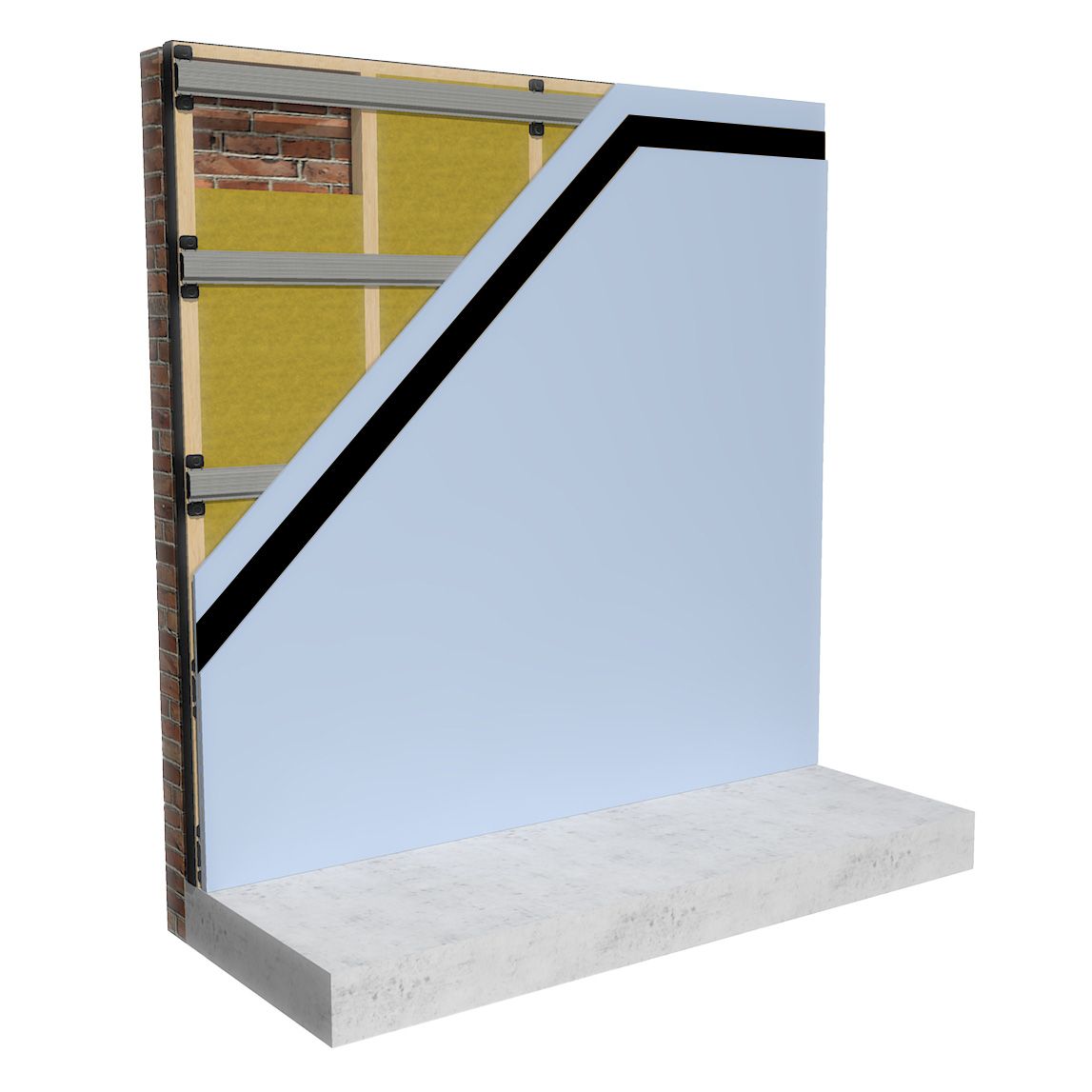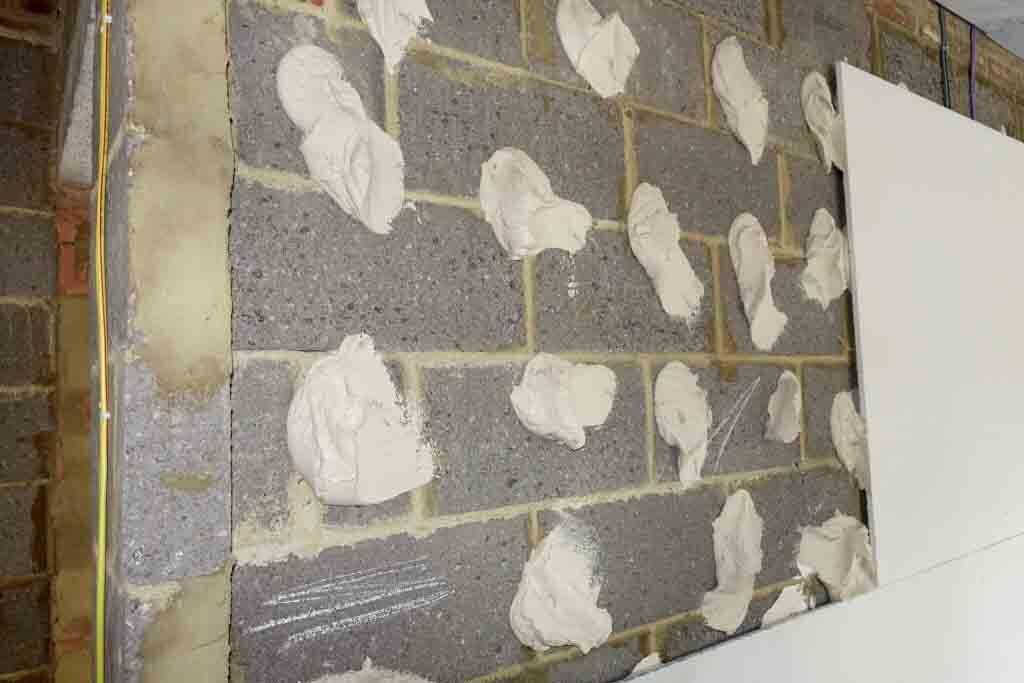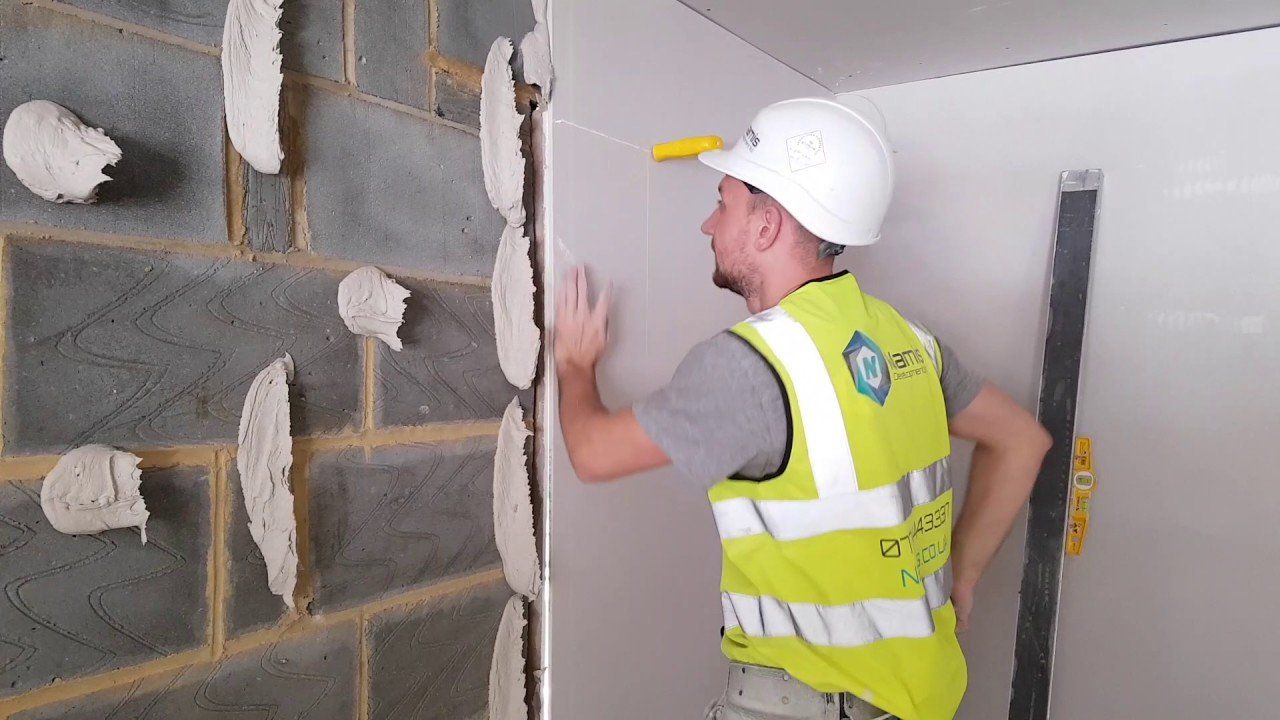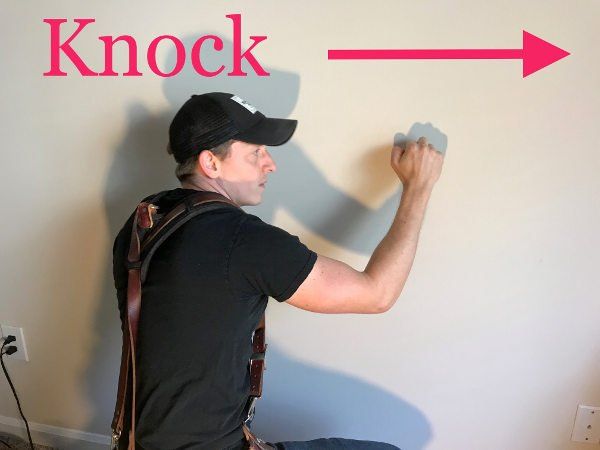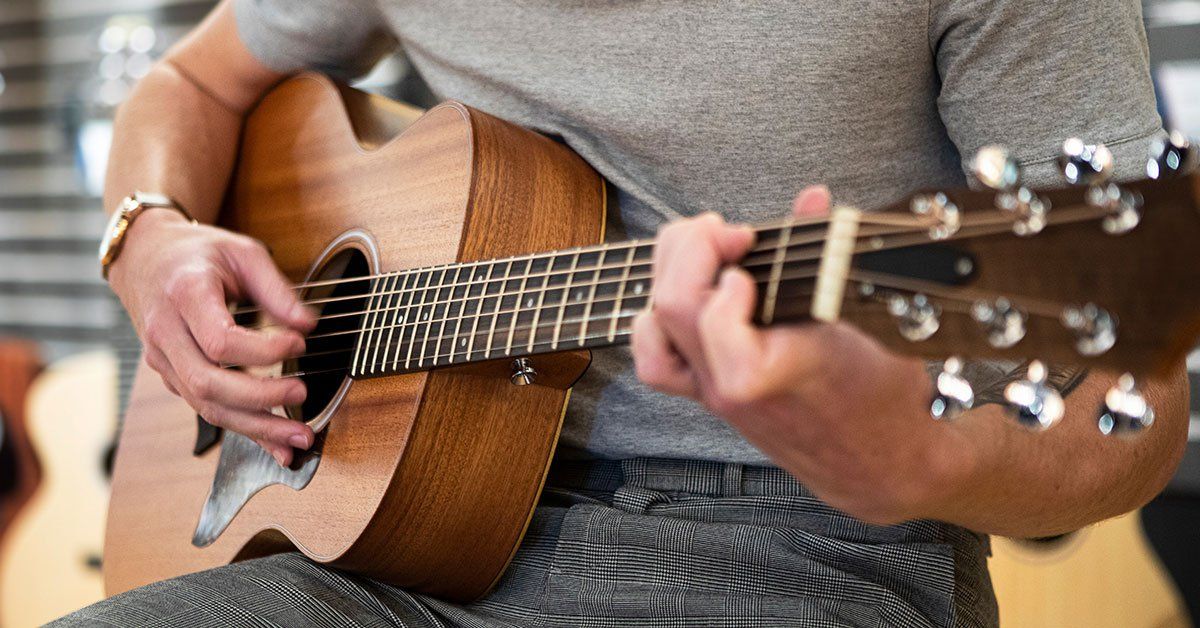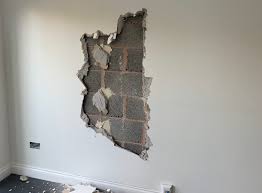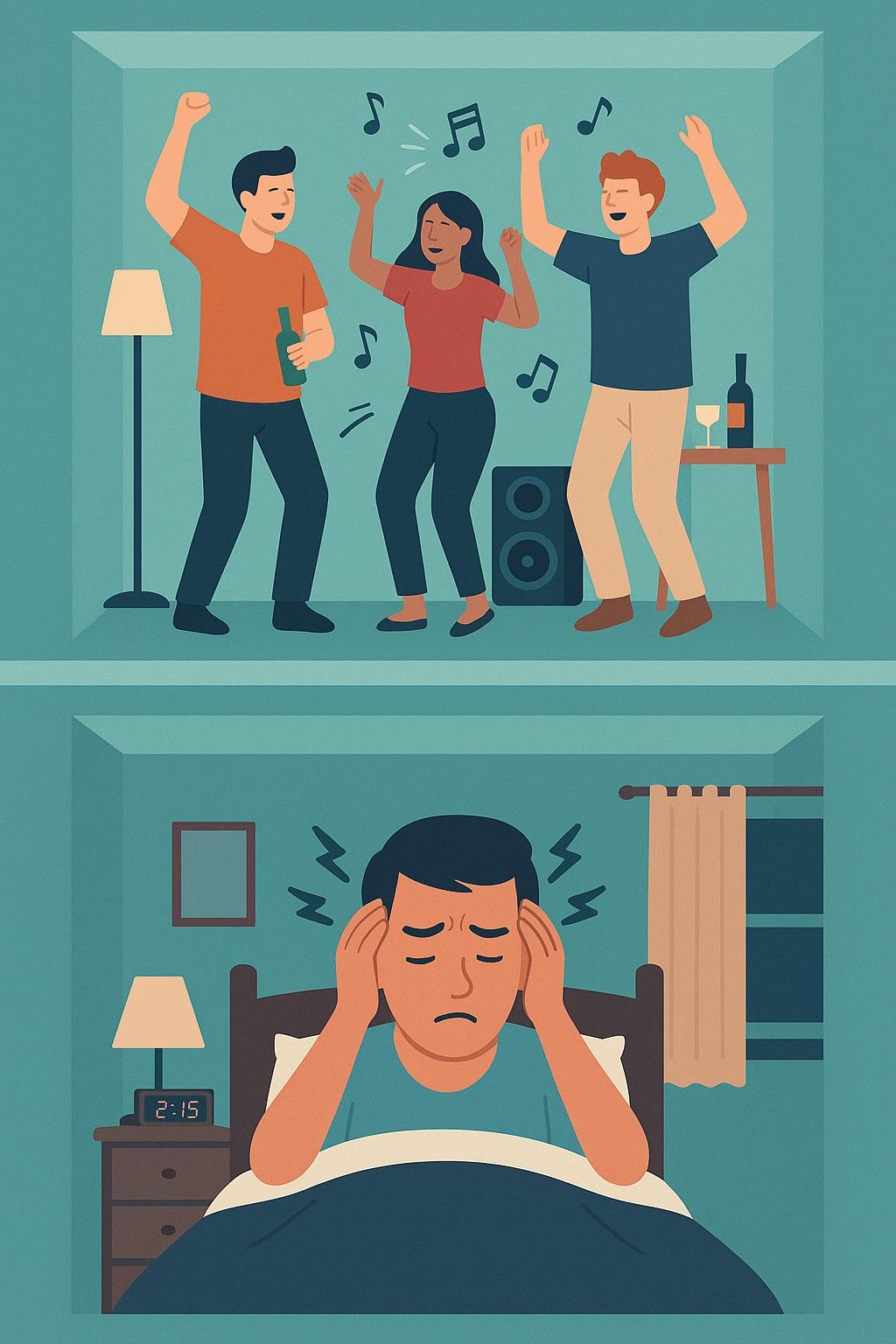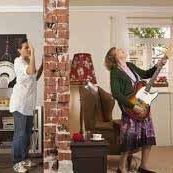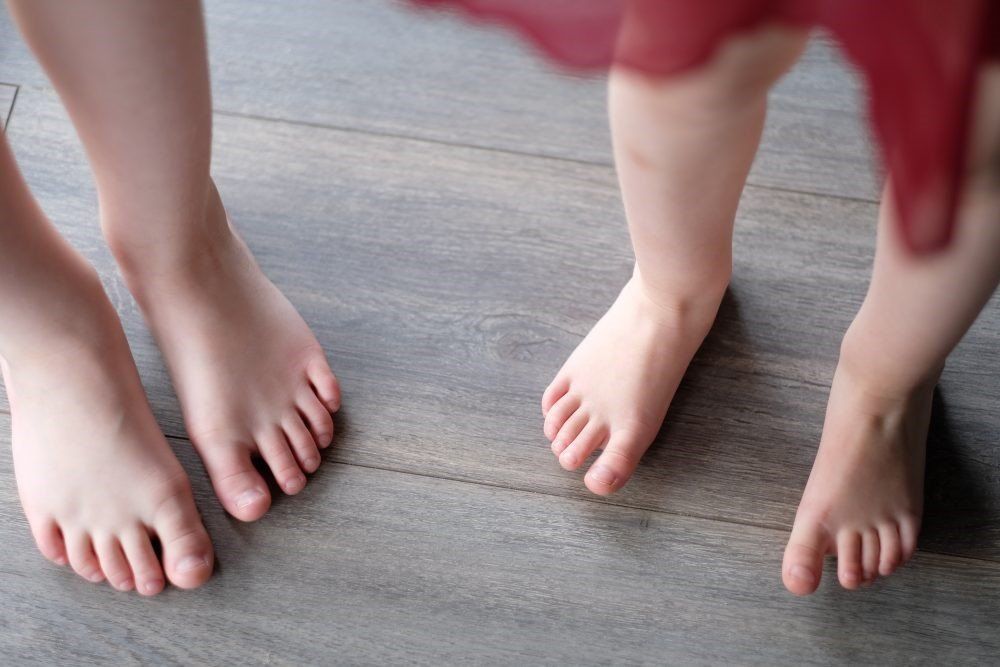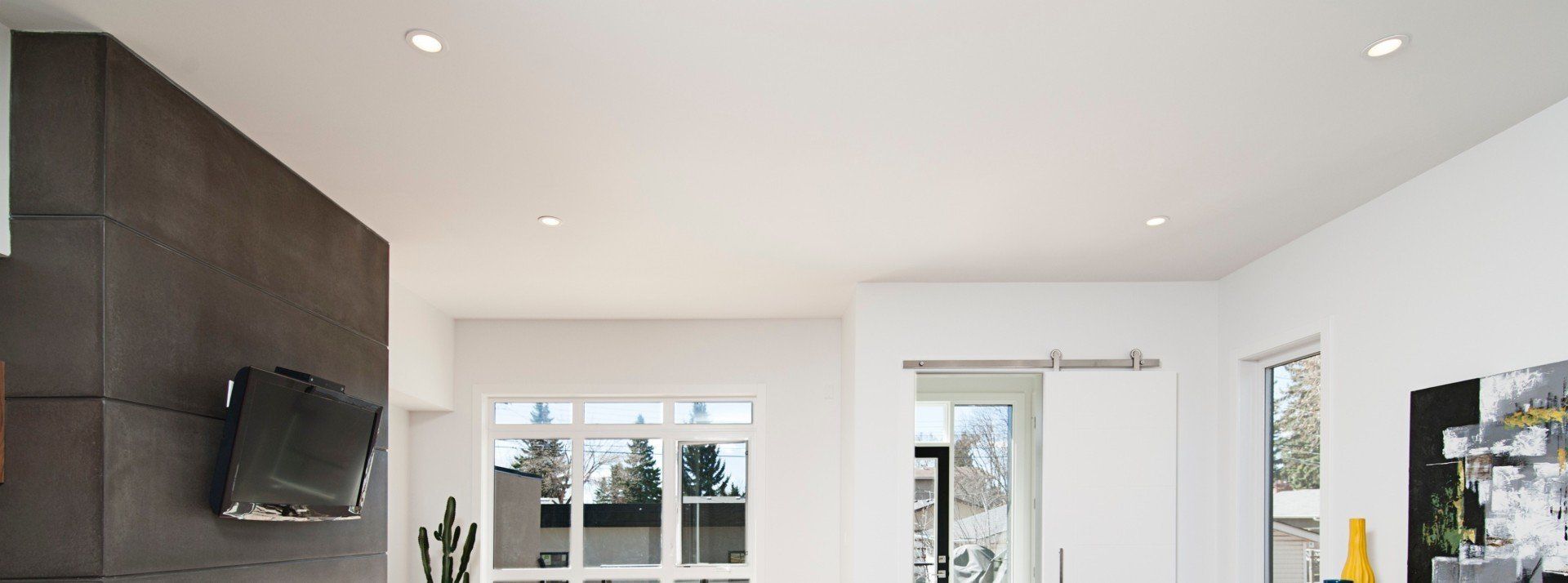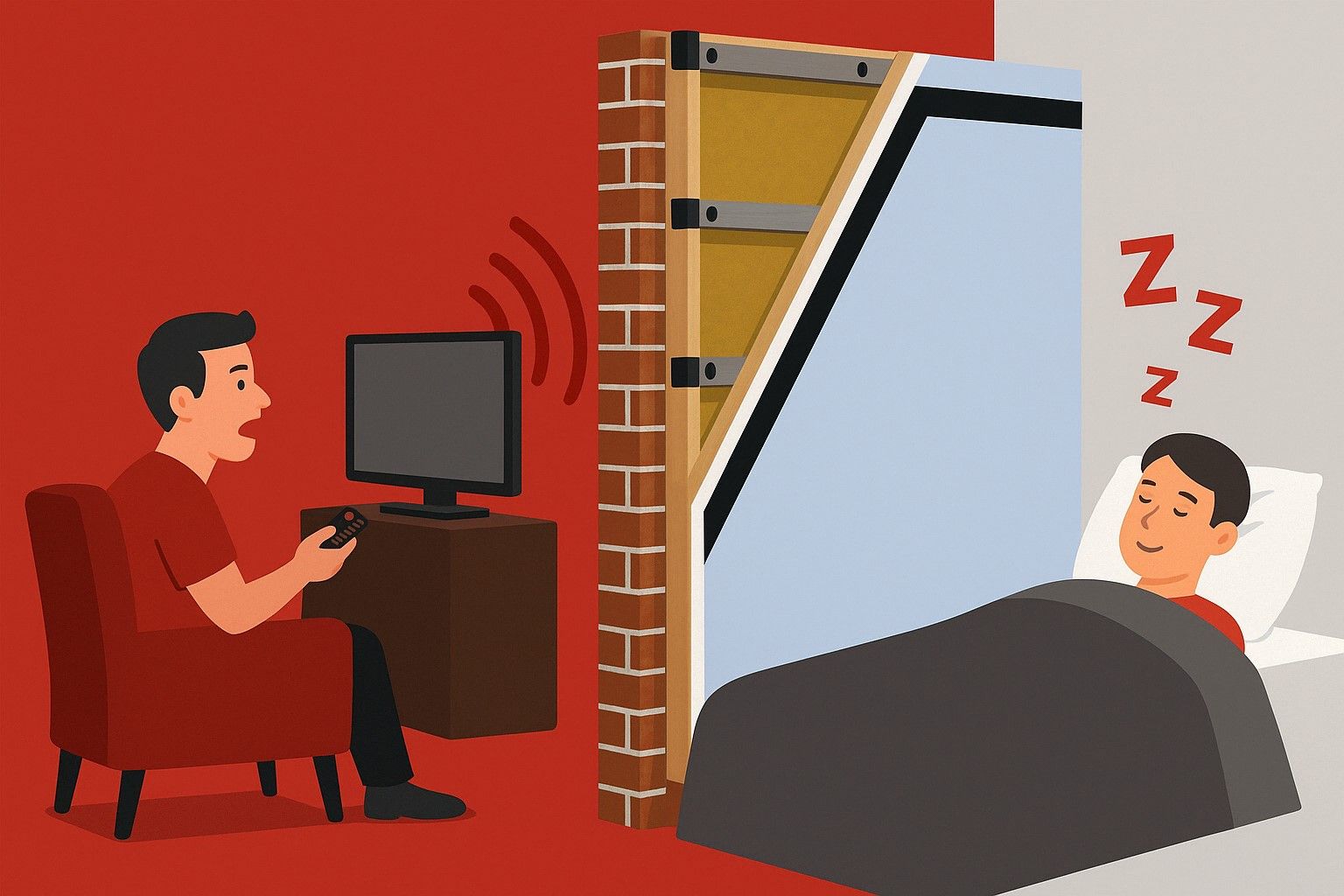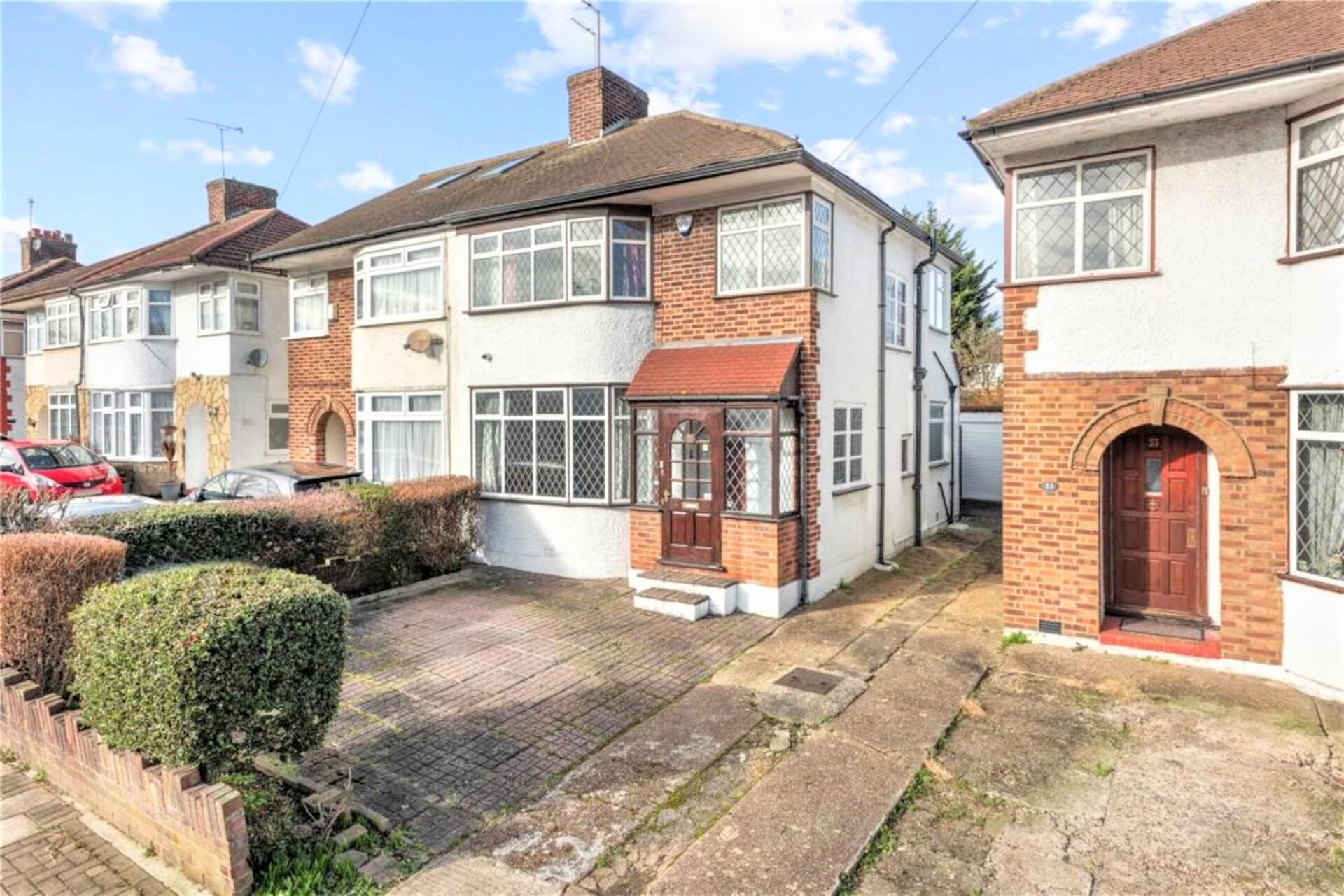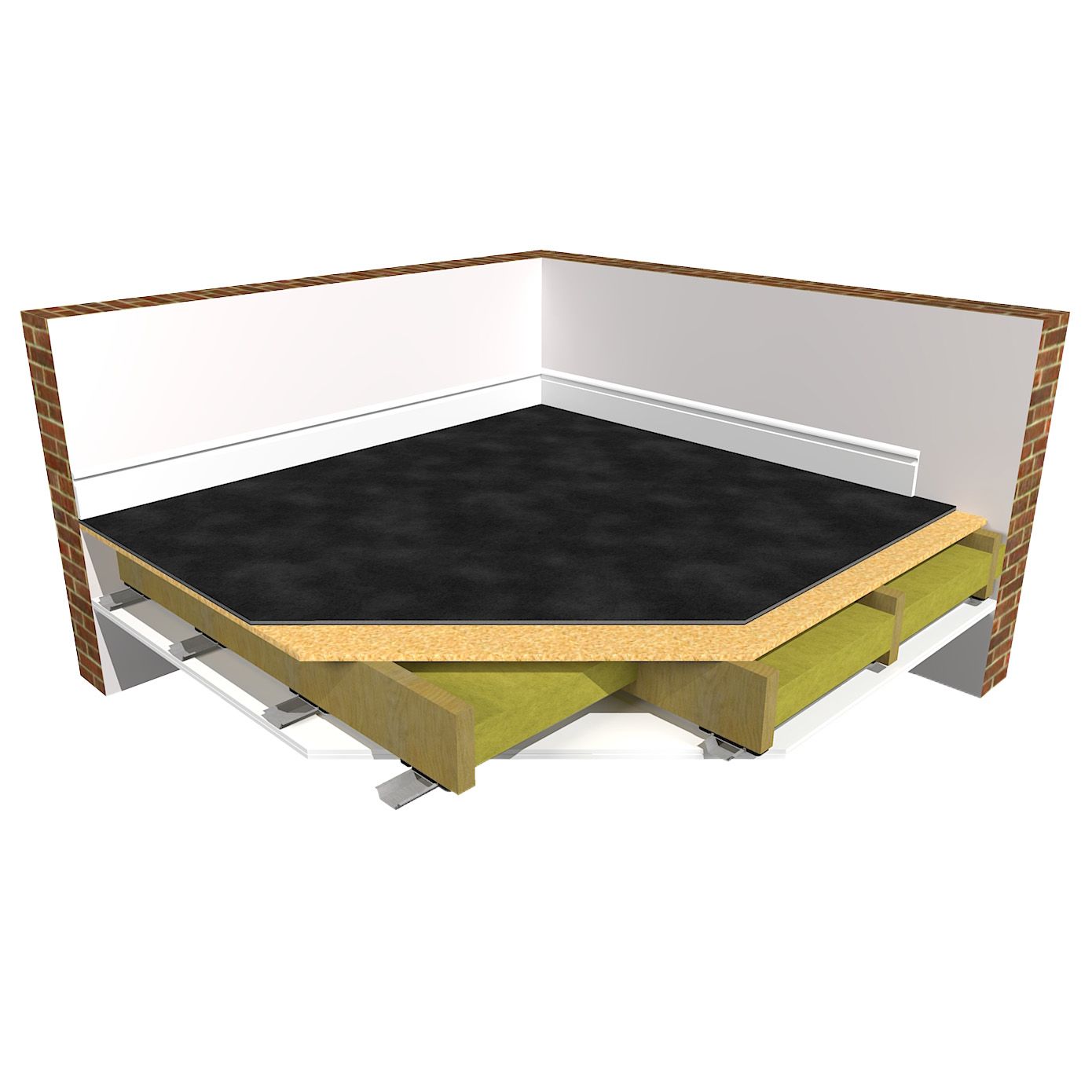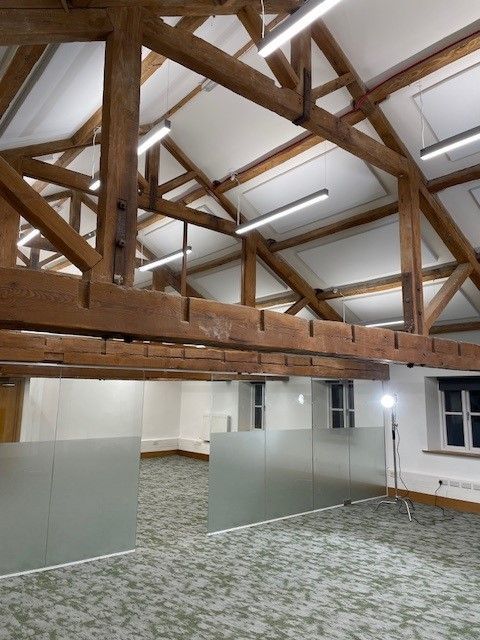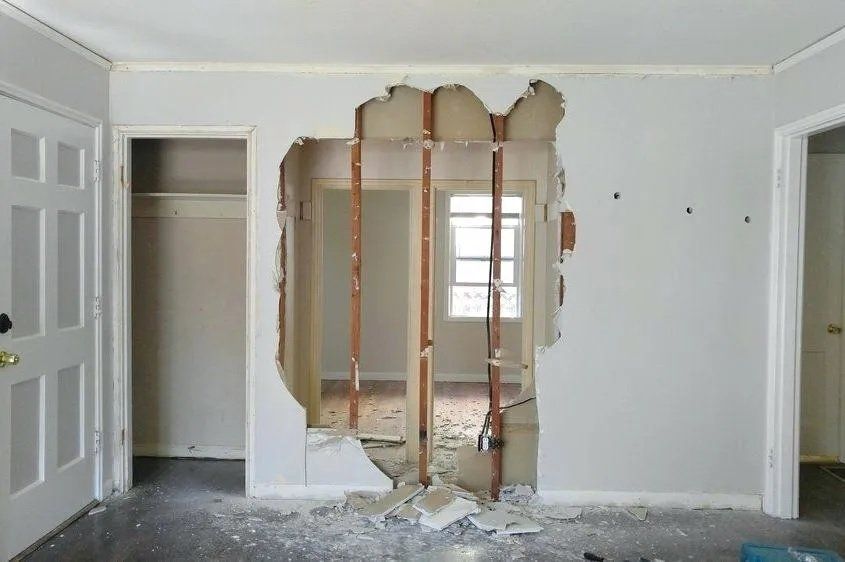Why is Dot and Dab Plasterboard Bad for Soundproofing?
Whenever we receive an enquiry for soundproofing a wall we will always ask what the construction is. More often than not walls are brick or block built and then plastered using a traditional wet plaster. However, sometimes our customers will say that they believe their wall is a stud wall because it sounds hollow, indicating a Dot and Dab wall.Dot and Dab is increasingly common with modern construction techniques designed to save time and money when building new houses, and used to quickly plaster over uneven wall surfaces. So...
What is Dot and Dab Plasterboard?
Dot and Dab Plasterboard (Drylining) is the technique of attaching plasterboard to a wall using dots and dabs of adhesive at various points across a wall surface. This is used as a quick and effective way to plaster a wall and to cover uneven areas, without using wet plaster mixes, thus saving time waiting for plaster to dry out, it also means the walls can be decorated quickly and is considerably less messy.
How can I tell if I have Dot and Dab Plasterboard?
Because of the techniques used to install Dot and Dab Plasterboard a cavity is left behind the plasterboard, with only the dots and dabs of adhesive providing any solid connection points. Simply tapping on the wall at various points it will sound hollow in most areas but there will be some more solid sounding areas, this would indicate that you have Dot and Dab Plasterboard. If you are still unsure if the plasterboard is installed using Dot and Dab it can be helpful to remove a plug socket or light switch and shining a torch into the hole which could help to understand the construction of the plasterboard wall.
How does Dot and Dab Plasterboard affect noise issues?
Because of the method of fixing the plasterboard to the wall a cavity is created in between the wall and the board.Cavities are a big red flag for soundproofing as the sound can become trapped in the space where it will resonate and amplify before passing through the plasterboard into your room. Think of how an acoustic guitar works, when the strings are plucked the sound is amplified by the soundbox, which is basically a cavity designed to do just that.
How can I soundproof my Dot and Dab Plasterboard wall?
The simple answer to this is that any Dot and Dab Plasterboard should be removed prior to any soundproofing installation. The very nature of this type of plasterboard construction is contrary to any proficient installation of soundproofing and may result in either a poor performance or in some cases in the soundproofing not working at all. It is also worth noting that as soundproofing often takes up some space into your rooms, removing the Dot and Dab plasterboard will help to reduce this space take up by up to 20-25mm, giving you a substantially improved wall with less space impact as a result. We have a range of Direct to Wall Soundproofing solutions which can significantly improve the performance of walls against noise disturbances from your neighbours. The ReductoClip Direct to Wall system is already the slimmest clip and bar system available at only 60mm, and with the removal of Dot and Dab plasterboard will take up as little as 40mm of space into your room.
Share
"We don’t expect you to become an overnight expert in soundproofing, that’s what we’re here for."
